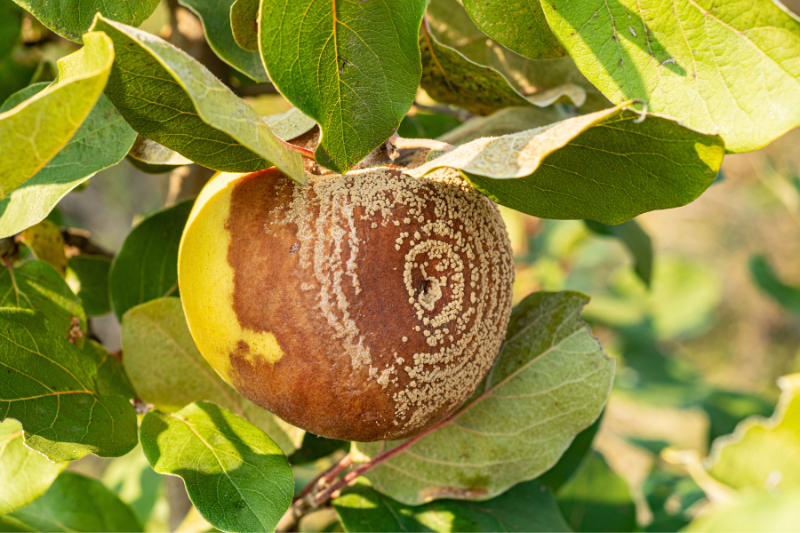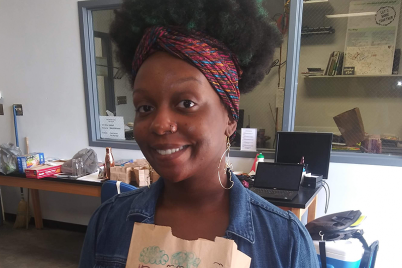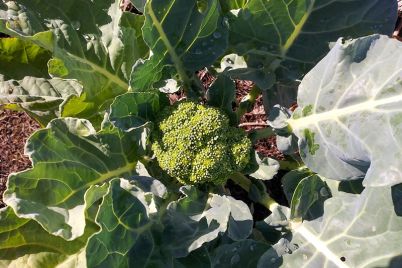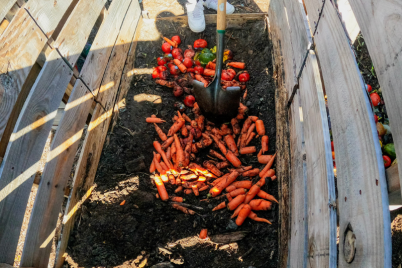Organic Gardening for Beginners
PINELLAS COUNTY — Something is always eating, infecting, or digging in my garden. Every day I inspect for damage. Every week I am treating one plant or another.
Managing pests and disease is my most time-consuming gardening chore. This blog will cover common diseases and the next one will cover insects and other pests.
Fungus and bacterial viruses are common in Pinellas County. I regularly fight diseases in the garden but too often lose these battles. Fungus diseases are numerous, but vegetables are most often affected by the following fungal diseases:
- Powdery Mildew — Powdery mildew primarily affects beans, peas, squash, melons, and cucumbers, but can affect almost any plant. The disease appears first as yellowish spots that become white and take on the powdery appearance. Warm humid conditions favor the growth of powdery mildew and wind spreads the disease.
- Dampening Off — Dampening off primarily affects seedlings, and the most obvious symptom is wilted, rotting stems that ultimately die. This fungus is soil based.
- Silverleaf — Squash, pumpkin and sometimes cucumbers and melons are affected. Entire leaves take on a silvery sheen. Whiteflies often introduce and spread silverleaf. While silverleaf is unlikely to kill infected plants it can stunt growth and predispose plants to more dangerous diseases and insect damage.
- Little Leaf — Like silverleaf, this disease looks like its name. Plants, tomatoes in my experience, grow but become smaller and smaller as the disease progresses. This fungal disease is caused when soil is deficient in minerals.
Treatments vary based on the type of fungus, but generally the following approaches are useful.
- DIY treatments include spraying foliage with water mixed with either milk, hydrogen peroxide or baking soda with the following proportions: 1 cup of milk to 2 cups of water; one tablespoons of potassium bicarbonate or baking soda to one gallon of water, plus 1 tablespoon of liquid soap; ½ cup of hydrogen peroxide to 5 cups of water.
- There are chemical sprays approved for organic gardens. I have used Southern Agriculture’s “Garden Friendly Fungicide” and Bonide’s “Copper Fungicide”. All sprays, commercial and DIY, should be used in the early morning or late afternoon/evening so leaves are not burned.
Prevention is tricky since fungus spreads so easily, however all of the following suggestions will help prevent the spread of fungus.
- Purchase disease resistant varieties when available, and don’t plant susceptible plants near each other.
- Practice wider spacing for susceptible plants and plant rotation.
- Throw infected leaves/plants into the trash and keep the garden clean by regularly removing plant debris.
- Do not use garden soil to start seedlings in pots because it may harbor damping off fungal spores.
- Water the soil and not plant leaves.
Fungus is preventable and treatable, bacterial infections are preventable but there is no effective chemical or organic treatment. The most successful prevention tactics include purchasing resistant varieties, purchasing healthy seedlings and seeds from reputable nurseries, and insect management, which will be covered in the next blog.
 Real estate agent Joyce Woodson loves gardening and sharing what she knows. The founder of “Straw Hat Gardening,” she has taught classes on basic organic gardening and provided garden consultations. To reach Joyce, email gardening@joycewoodson.net.
Real estate agent Joyce Woodson loves gardening and sharing what she knows. The founder of “Straw Hat Gardening,” she has taught classes on basic organic gardening and provided garden consultations. To reach Joyce, email gardening@joycewoodson.net.








